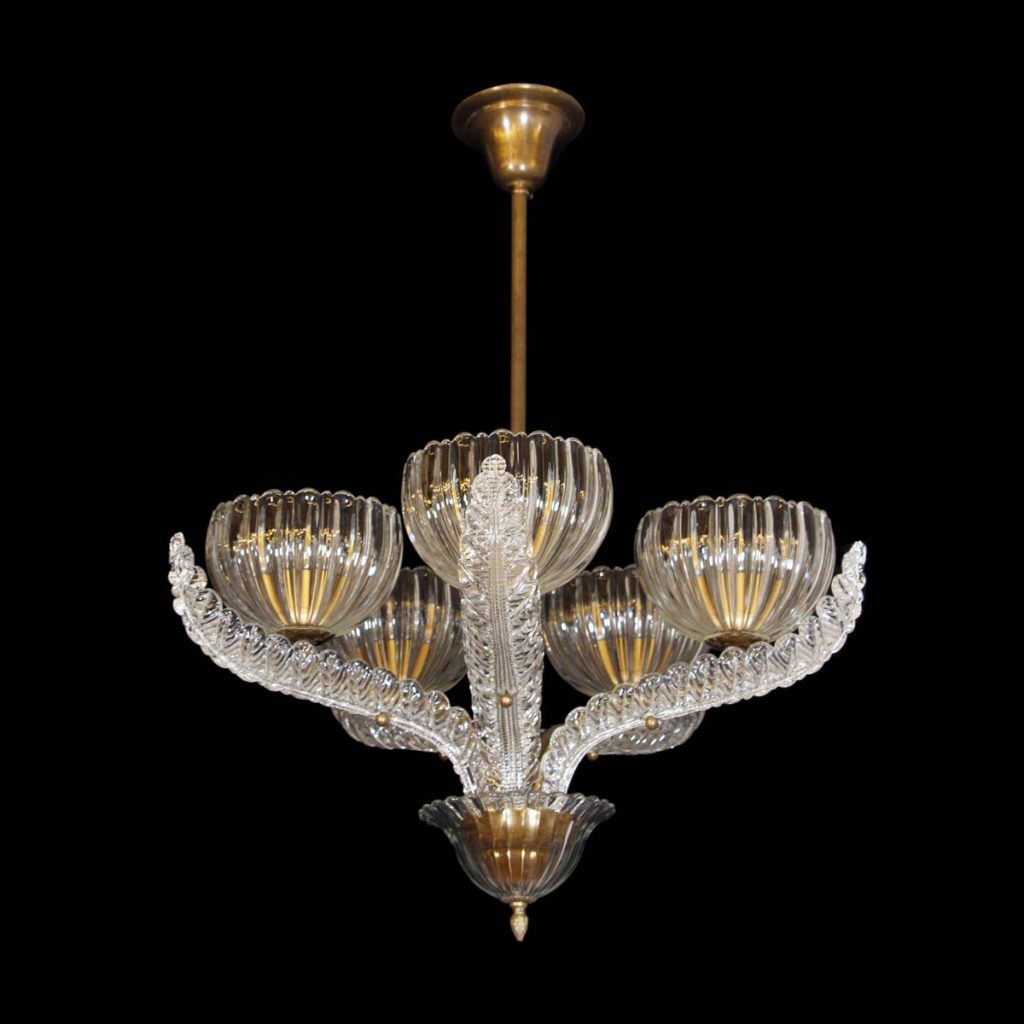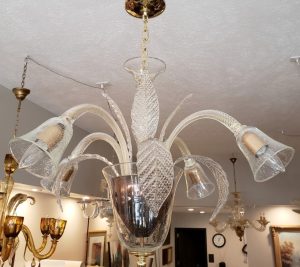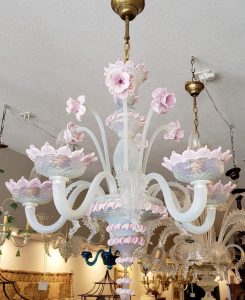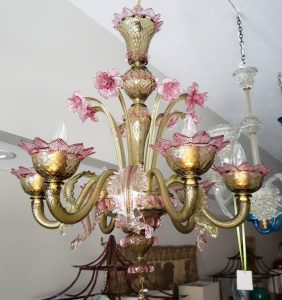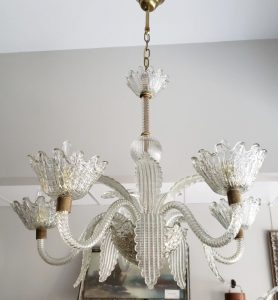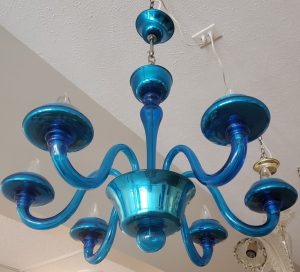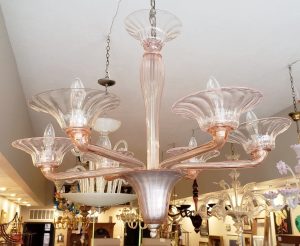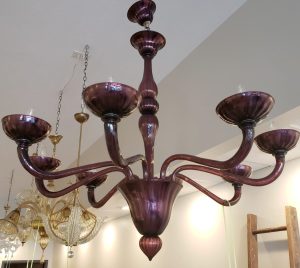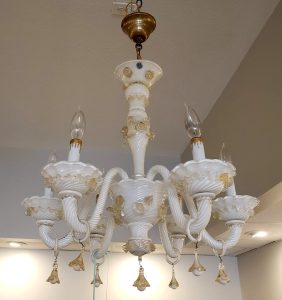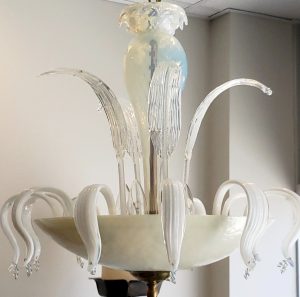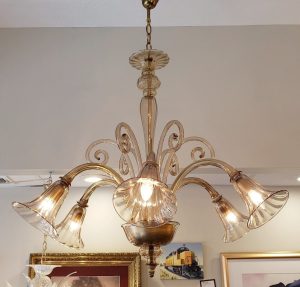Venice glass making was born of a tradition of craftsmanship brought from the Roman and Byzantine empires, married with skills learned through trade with the Orient. Venetian glass was a major industry as early as the sixth century.
A Glass makers Guild was created to ensure trade secrets. Part of the mission of the Guild was to prohibit glass imports and to employ only local glass makers.
Most agree that the foundations of Murano glass were laid with the passage of a 1291 law that required all glass maker furnaces be moved from this central hub of Venice, ostensibly due to risk of fire, to the outlying Murano. The true motivation was to keep the glass secrets classified.
Glass artisans were considered a special kind of nobility. This concentration of craftsmen led to a flourishing of the craft and new discoveries in the processes of making fine glass.
During this crucial time in the glass manufacture trade, Cristallo Veneziano was discovered as the world’s first clear glass. Its processes were discovered by Angelo Barovier in the 15th century. Lattimo glass was made by Antonio de Pisa. It was Joseph Briati who created the Murano glass flowered chandelier. Murano glass masters continued developing techniques in the sculpting and decoration of glass until the 18th century.
Sodium oxide is used to slow solidification to allow the craftsman to mold the glass into artistic designs. Common techniques include acidato, avventurina, cristallo, double, filigrana, fenicio, foglia, fumato, ghiacciato, lattimo, mirrors, murrina, millefiori, opalino, rugiada, smalti, soffiato, sommerso, sabbiatura, and vetrofusione. These Murano processes and techniques combine chemistry and artistry to achieve the unique textures, colors, and designs of Murano glass.
When Europe began to trade with India, Africa, and the Americas, Murano beads were used as currency, or trade beads.
Delicate Murano seed beads were used in lavish jewelry, weaving, and embroidery. These beads were made by pulling molten glass.
The crowning design achievement of Murano was the Briati flowered glass chandelier and the rezzonico chandelier. These handmade chandeliers could be composed of thousands of pieces. The hand blown glass of Murano was kept competitive by the tradition of artistic sculpting and decoration.
The Murano tradition has been nourished in its renaissance by the dedication of skilled craftsman, with reimagining the Venetian mosaic tiles, experimenting throughout the Art Nouveau and Art Deco movements, and reinstating techniques of filagree, murrino, and lattiomo for functionality and minimalism. The famous chandeliers are considered luxury items to the present day.
Olde Good Things extensive collection of light fixtures includes the luxurious Murano chandeliers, along with Murano flush mount lights, pendant lighting, and wall sconces. Inquire about OGT’s recent acquisition of over 50 Murano glass vintage chandeliers now being inventoried and added to our vast collection of designer lighting. As mall portion can be seen above.
Contact our antique and vintage reclaim experts at OGT for ideas on your project using Murano glass lighting.
